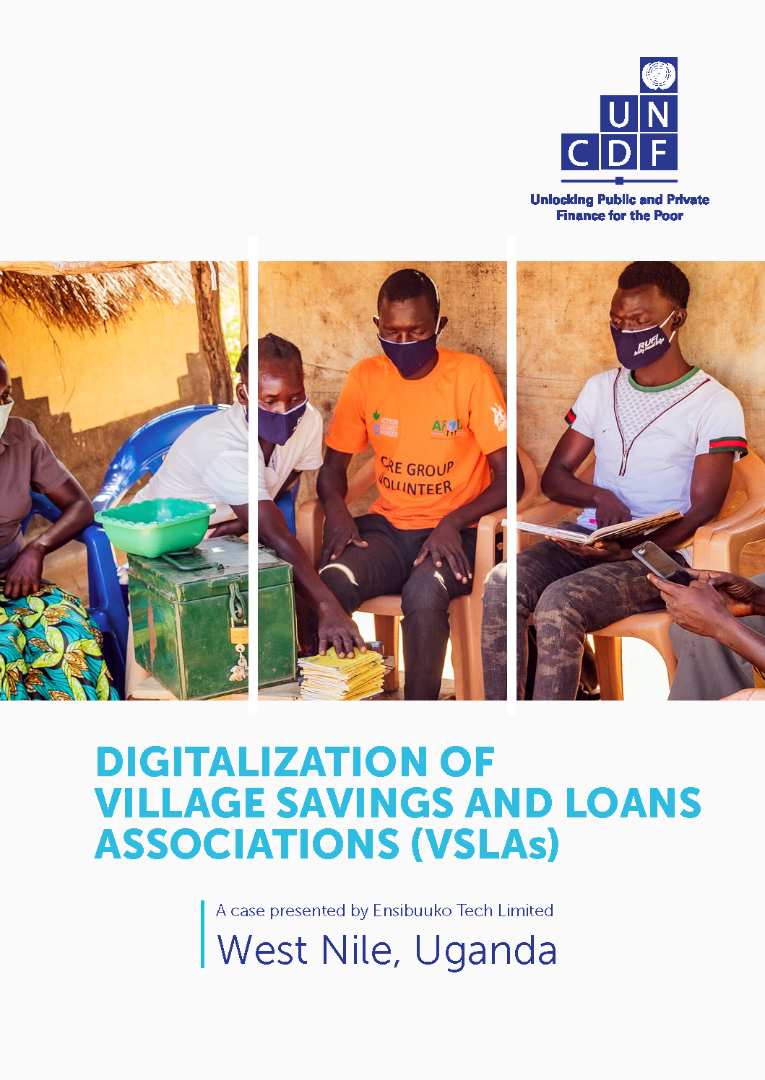Digital Solutions to Unlock Constraints in Uganda’s Agriculture
Tags
Agriculture is a high priority on Uganda’s development agenda for both growth and poverty reduction.
The country is highly dependent on agriculture for economic output and employment. A majority of farmers are smallholders, where women and youth are involved in subsistence agriculture. But due to underlying constraints including lack of access to reliable market information, inability to analyze past annual records for supply, and price forecast on buyers of agricultural produce and their locations, smallholder farmers earn suboptimal incomes from agriculture.
In northern Uganda, the challenges are more complex. One extension worker can serve about 2000 farmers; 80 percent of the farming inputs are adulterated, only 15 percent of farmers in the region have access to market information and 15 percent have access to credit.
Since July 2020, UNCDF and its partners have been leveraging a market systems development approach and digital solutions to address these constraints in the market.
The innovative digital solutions deployed with our partners aim to address the challenges in the demand and supply side of the entire agriculture value chain to achieve better farming practices and high yields for smallholder farmers. These solutions could increase quality produce and ease access to new markets for the stakeholders in the value chains. The overall goal of these solutions is to reduce poverty, increase resilience and improve economic opportunities, particularly for women, youth, refugees, migrants and MSMEs.
One such solution is a farmers’ call centre. Kilimo Farmers Call Centre, run in partnership with Cabral Tech Ltd, it complements the work of extension workers by providing farming information to smallholder farmers. The call centre uses a combination of technology and a network of community influencers known as ‘digital extension agents’ to make extension and agronomic services reach last-mile communities. Early lessons are shared in the UNCDF publication, ‘Digital Extension Services Improve Farmer Productivity.’
Another solution builds on work done in the digitalization of Village Loans and Savings Associations (VSLAs). VSLAs have proven to be effective in providing a safe environment for members to save money through purchase of shares and to get access to small loans particularly in communities that are unbanked or underserved. Combining the use of a digital ledger system for VSLA data and the support from Digital Community Entrepreneurs (or “Digital Champions”), the solution is helping to address lack of access to digital services and products, and to improve digital literacy skills at the last-mile. Our recent publication, ‘Digitalization of Village Savings and Loans Associations (VSLAs): A Case Presented by Ensibuuko Tech Limited” provides more in-depth learnings.
 Read the case study Digitalization of Village Savings and Loans Associations (VSLAs): A Case Presented by Ensibuuko Tech Limited here
Read the case study Digitalization of Village Savings and Loans Associations (VSLAs): A Case Presented by Ensibuuko Tech Limited here